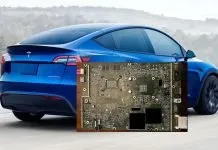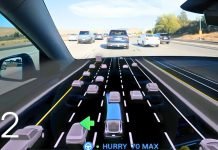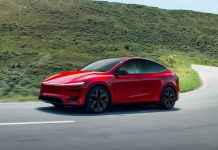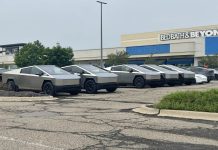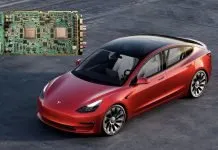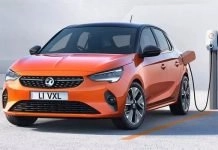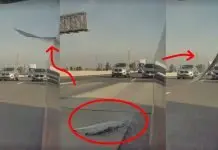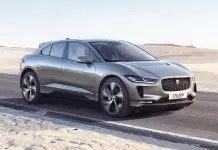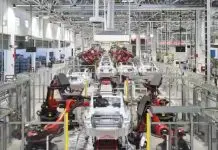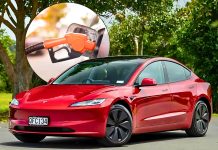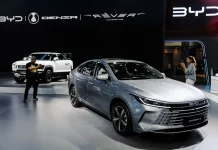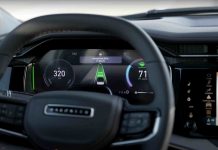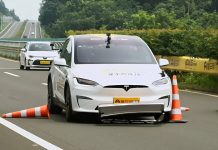Another significant move that Tesla is making is the democratization of its Full Self-Driving technology. The company is also reportedly developing FSD (Supervised) v14 Lite, a special version of the system meant to operate on HW3 and AI3 vehicles, which are the hardware used to drive the Tesla computers of the previous self-driving system. This version should come out in Q2 2026, and that will be a big milestone for thousands of early adopters of Tesla who bet on its self-driving back in the day.
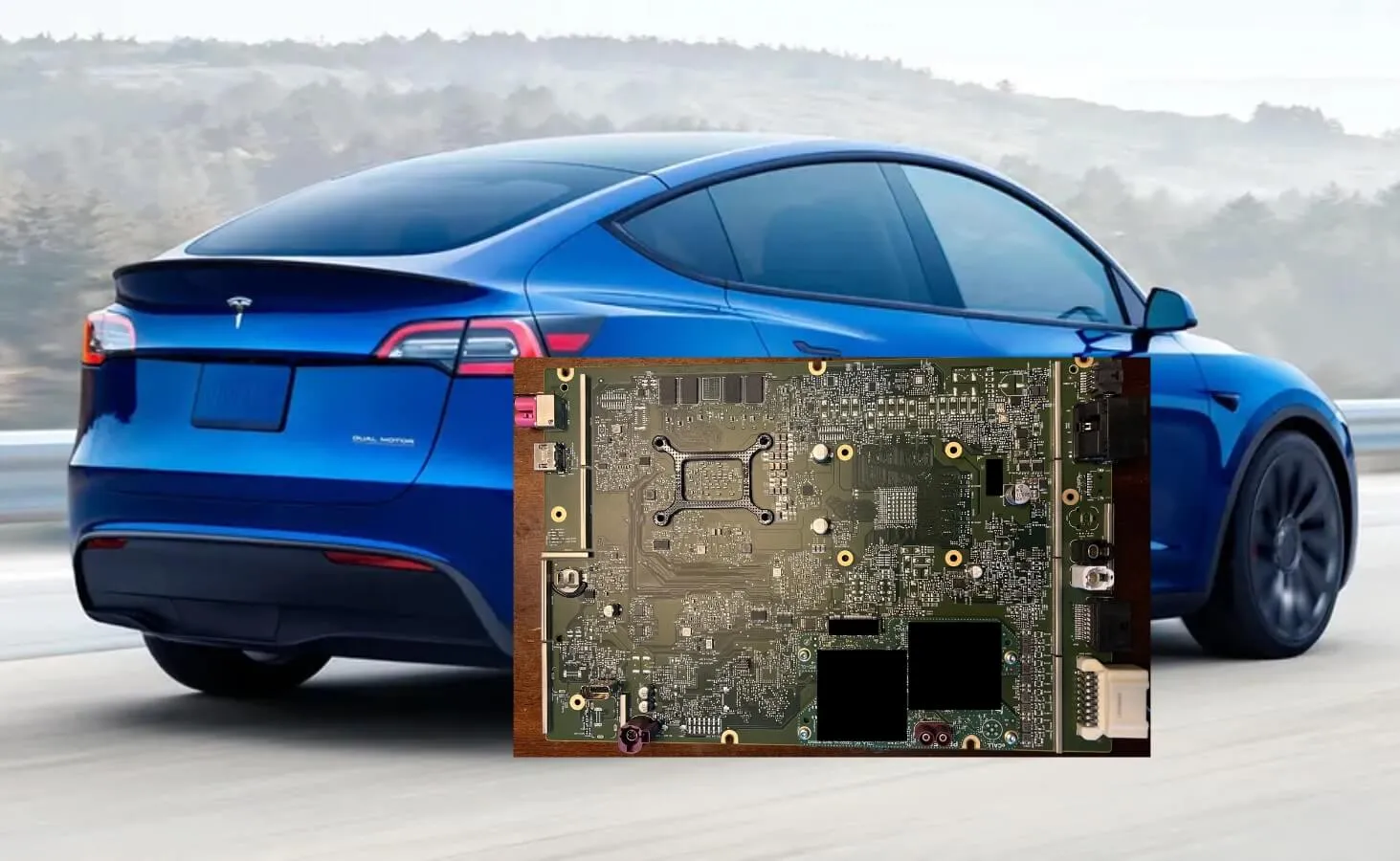
A Milestone That Early Adopters Have Waited a Long Time To Reach
These years, owners of models equipped with Tesla HW3, the majority of which were made between 2019 and 2022, have watched newer hardware versions, including HW4 and the upcoming HW5. These more recent systems have a large processing unit and better camera packages, allowing higher levels of Full Self-Driving (FSD) software used by Tesla.
Although HW3 and AI3 hardware are also updated, the performance gap has increased with the expansion of Tesla FSD neural networks increasing in size and capacity. FSD v14 Lite is seeking to address this gap by providing a simplified version of the most advanced autonomy software created by the company and able to run effectively on an older chip, without losing a large portion of the driving intelligence and safety.
This announcement is not merely a technical one; it is a sign to Tesla customers who have been loyal to the company. They are the pioneers who already financed FSD several years ago, when it was not as sophisticated as it is now. The fact that Tesla chose to target them once they had solved autonomy first shows that they are grateful and yet strategically planned.
🔥 Tesla is working on FSD (Supervised) v14 Lite version for HW3/AI3 vehicles!
✅ Expected to release in Q2 2026
✅ Tesla wants to solve autonomy first
✅ Then it will focus on HW3/AI3 customers, as they were the early adopters pic.twitter.com/07kEYAgCLM— The Tesla Newswire (@TeslaNewswire) October 23, 2025
Solve Autonomy First Philosophy
The philosophy of Tesla has always involved focusing internally on the hard problem of autonomy, and then getting all of the hardware variants perfected. CEO Elon Musk has repeatedly stressed that hardware upgrades are not the solution, but software generalization, to actually have true autonomy. The refinement of FSD on the most capable platforms first will allow Tesla to make sure that its neural networks, perception models, and planning systems achieve the reliability of production.
As soon as it can be successfully tested on the most recent hardware, Tesla can downscale the software to the previous systems and adapt it to the computational constraints without losing the logic. FSD v14 Lite will probably capture such an approach, a watered-down version of autonomy that is not so performance-oriented, efficient, and approachable.
What to Expect from FSD v14 Lite
Although there is little official information, insiders indicate that FSD v14 Lite will be offering almost feature-parity with the flagship FSD (Supervised) version running on HW4 and HW5. Drivers should anticipate a hassle-free navigation of the city, an improved selection of lanes, and an intelligent control of complex intersections, all under the supervision of the driver.
Nevertheless, some high-bandwidth applications, e.g., ultra-high-resolution perception or multiple camera redundancy, can be reduced to the computational capacity of HW3/AI3 chips. The AI team at Tesla has allegedly achieved significant advancements in the field of neural network pruning, compression, and optimization of real-time inferences, rendering it probable that large AI models can be trained and executed effectively on less advanced equipment.
The Tesla company may also use cloud-based processing in order to reduce the load that the systems in cars carry. Although the company has always fully devoted itself to the autonomy of the entire device, hybrid solutions can enable older cars to perform some AI calculations using the company’s data infrastructure without affecting either latency or safety

